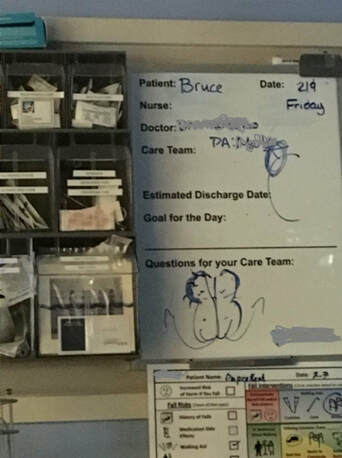4 min read
Who cares for the caregivers?
A blog post by Bruce Hamilton; Subscribe at www.oldleandude.com Last month I joined Eric Buhrens, CEO at Lean Enterprise Institute (LEI) to host...
For more information about engaging GBMP for customized onsite Lean & Six Sigma training for your organization or to schedule a free Lean operational assessment please contact Jamie Millman at 617-710-7033 or by email at Jmillman@gbmp.org
For inquiries about our public Lean training workshops or annual conference, please call Lela at 617-969-1396 ext. 2
For questions about our Lean training games, videos, books, Leanflix, or our self-paced learning modules, call Tracy at 617-527-0268

4 min read
A blog post by Bruce Hamilton; Subscribe at www.oldleandude.com Last month I joined Eric Buhrens, CEO at Lean Enterprise Institute (LEI) to host...
2 min read
Last February I had the opportunity to observe healthcare providers up close and personal at one the world’s premier hospitals. “ Who Cares for...
4 min read
In the context of the Toyota Production System, True North has a very concrete and specific meaning, an ideal that transcends any particular...